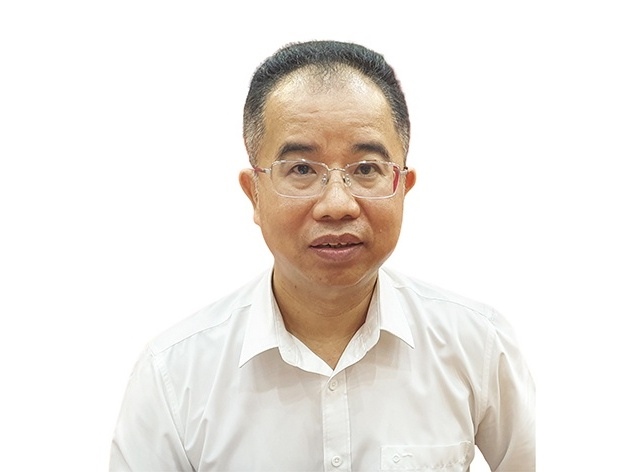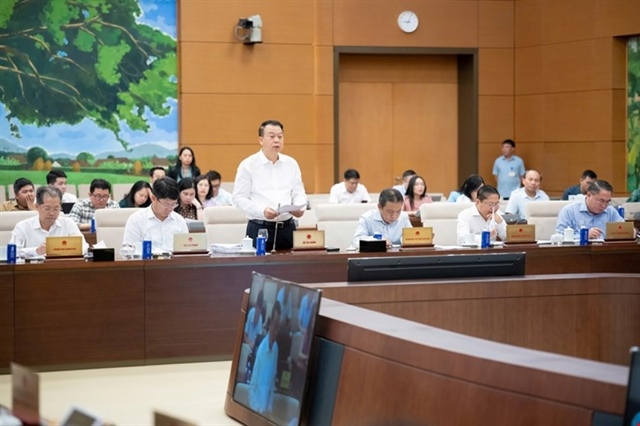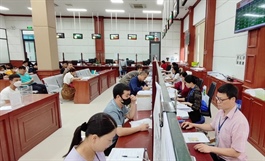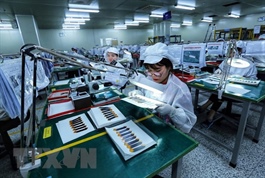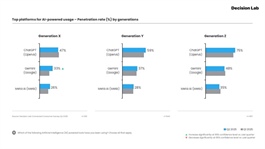Vietnamese government sets ambitious growth and income targets for 2026
Vietnamese government sets ambitious growth and income targets for 2026
The government is targeting strong economic momentum in the medium term, with plans to accelerate growth and improve income levels as part of its post-pandemic development strategy.
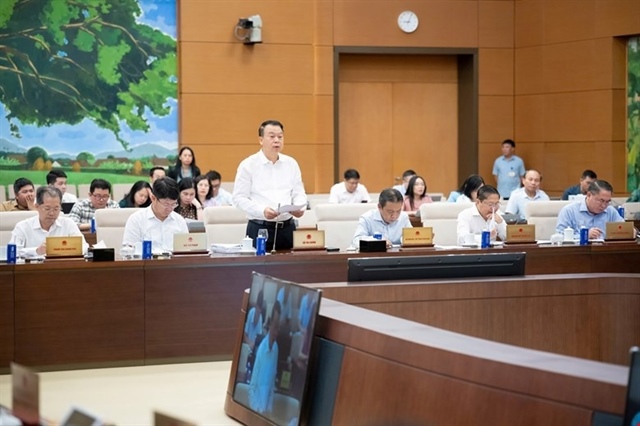
Deputy Minister of Finance Nguyen Duc Chi at the session of the National Assembly Standing Committee |
Deputy Minister of Finance Nguyen Duc Chi, speaking on behalf of the government at the National Assembly Standing Committee session on October 15, said Vietnam aims to achieve GDP growth of 10 per cent and per-person income of $5,400–5,500 by the end of 2026. The goals are part of the government’s draft socioeconomic development plan for 2025–2026, which focuses on boosting productivity, investment efficiency, and sustainable growth. The report noted that the government is also aiming for inflation to stay around 4.5 per cent.
State budget revenue for next year is projected to rise by 10 per cent, while public investment will be trimmed by 5 per cent and regular expenditure by 10 per cent. The adjustments aim to channel resources towards key projects such as the Lao Cai–Hanoi–Haiphong railway and various social welfare programmes.
"The economic structure, including the credit system, bad debt resolution, development of the digital and green economy, semiconductor technology, and AI, has been identified by the government as key development priorities for next year," Said Deputy Minister Chi.
"Vietnam will take a more selective approach to attracting overseas investment," he added, before explaining that the country is developing international financial centres in Ho Chi Minh City and Danang, as well as new-generation free trade zones in key cities like Danang and Haiphong, to mobilise resources and draw high-quality investors.
This year, the government expects to meet or exceed all 15 socioeconomic targets. Macroeconomic stability has been maintained, growth remains high, inflation is under control, major economic balances are ensured, and public debt and fiscal deficit remain within safe limits.
GDP growth in the first nine months of this year reached 7.85 per cent on-year, and is expected to be around 8 per cent for the full year, among the highest globally. 32 provinces recorded regional GDP growth over 8 per cent, with 13 exceeding 10 per cent. The GDP size is about $510 billion, ranking 32nd in the world and fourth in ASEAN. GDP per person surpasses $5,000, placing Vietnam in the upper-middle-income category.
NA Chairman Phan Van Mai noted that many socioeconomic indicators surpassed forecasts, providing a strong foundation for macroeconomic stability and sustainable growth. He cautioned, however, that economic restructuring still faces challenges and urged the government to carefully assess the drivers of growth.
"Key growth drivers such as exports, consumption, and investment are still not strong enough. Exports remain unstable, show signs of slowing down, and are heavily reliant on foreign investment and external supply chains. Moreover, rising reciprocal tax policies, technical barriers, and green standards from major markets like the US and EU are significantly impacting this sector," he said.
In addition, while public investment for 2025 is substantial, disbursement remains sluggish, reaching only about half of the planned target by the end of September. Domestic consumption has shown limited growth, with retail sales and consumer service revenue averaging 7.5 per cent annually from 2021 to 2025, well below previous periods.
"We must clearly acknowledge that the economy still relies on processing, imports, and a growth model based primarily on capital and labour," said Mai, highlighting the risk of Vietnam falling into the middle-income trap.
On gold, bond, and real estate credit markets, the Economic and Financial Committee recommended that the government take risk prevention measures to safeguard macroeconomic stability.
“The government must also adhere to its policy principles, especially as room for manoeuvre in monetary policy has narrowed. Given the current capital market structure and interest rates, further easing of monetary policy poses a challenge,” Mai said.
For the 2026 plan, he advised the administration to act proactively and flexibly to maintain macro stability, strengthen resilience and capacity, and leverage opportunities to restructure supply chains and enhance national competitiveness.
- 10:00 16/10/2025


